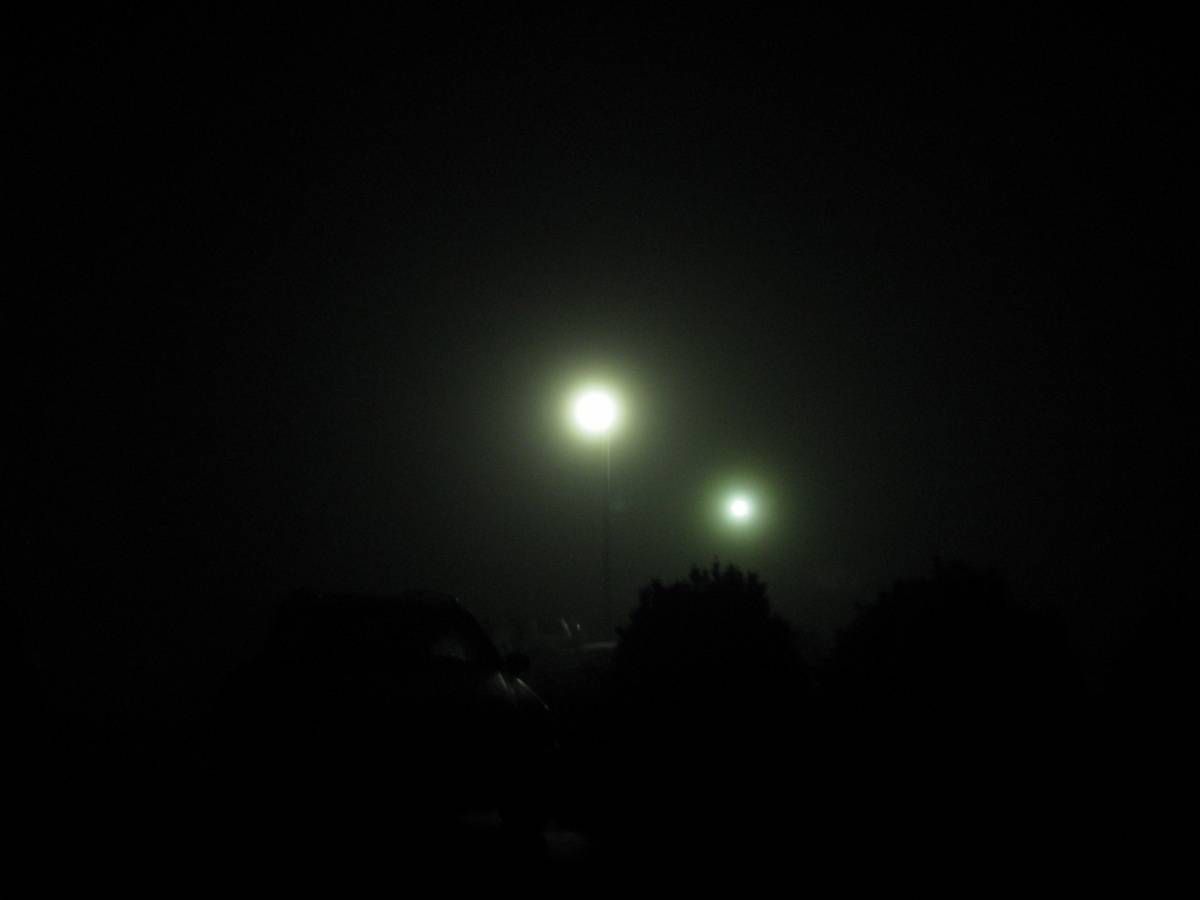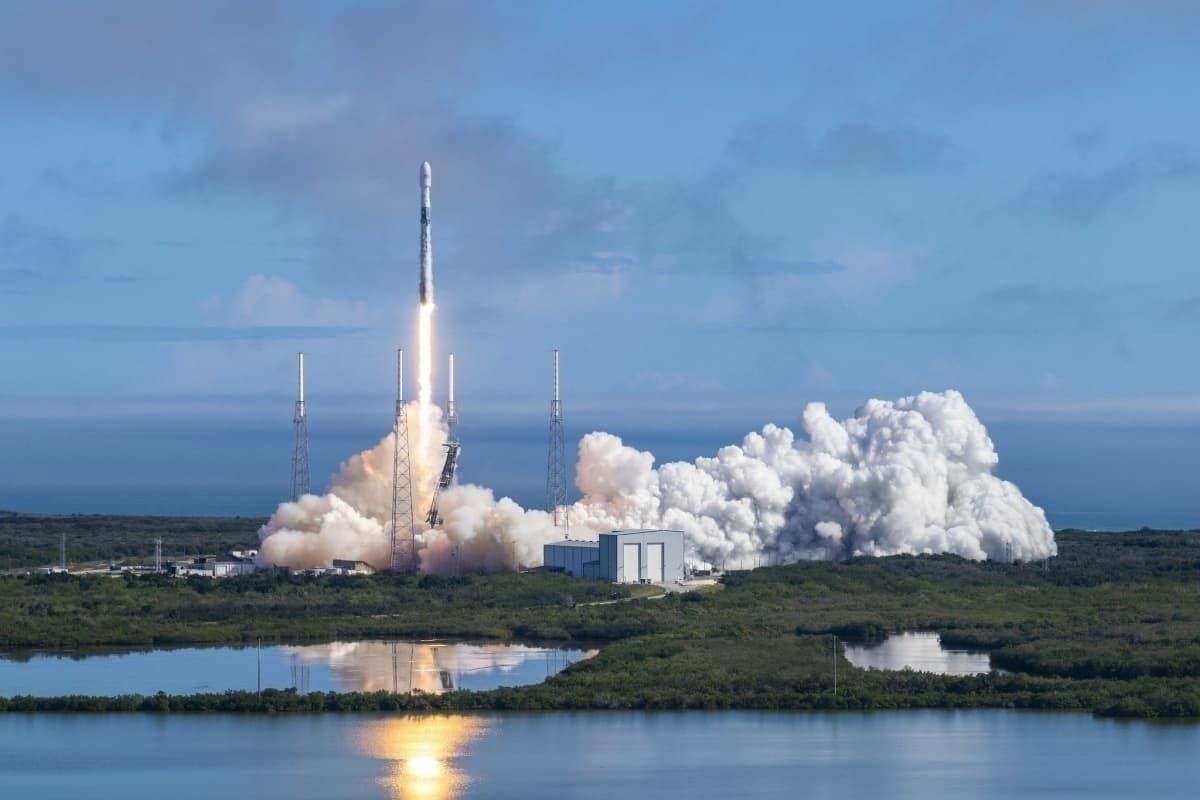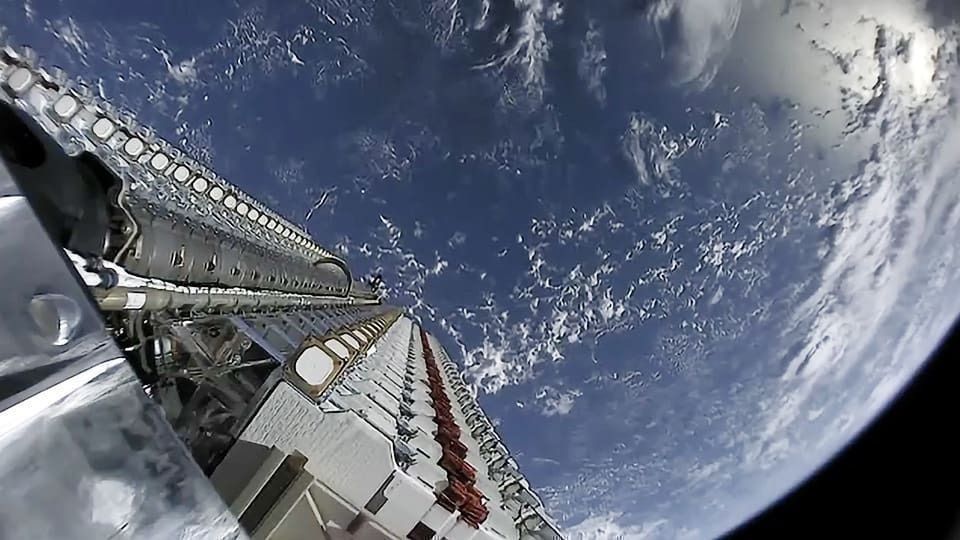Over the past few weeks, there have been numerous sightings here in the UK, and indeed around the world, of a train of lights in the sky traveling perfectly spaced apart. But these odd-looking lights are less ‘alien’ and more ‘Elon’ and are set to become a regular feature of the night sky. Here’s what they really are.
Strange lights overhead
In recent weeks, and particularly since the start of this week, reports have been flooding in on social media of people worried about seeing bright lights overhead. Some have described them as ‘eerie,’ others claiming they appeared suddenly and then vanished again.
Want to stay up to date with inflight connectivity news? Sign up for our monthly IFC newsletter.Â
Given the current climate of raised stress and worry, it’s no surprise that some were jumping to conclusions about alien invasions as a result of these sightings.
However, the truth is much less worrying. What these strange lights are is part of something called Starlink, a project led by Elon Musk through his SpaceX company. Each light is actually a very small, very low satellite, whizzing around the Earth to bring high-speed internet to everyone, everywhere.
More to launch soon
The first two prototype satellites were launched in February 2018, but it is only recently that SpaceX has really stepped up its launch schedule. On May 24th, 2019, the first large scale deployment took place, hoisting a further 60 operational satellites into a low Earth orbit.
Want to stay up to date with inflight connectivity news? Sign up for our monthly IFC newsletter.Â
As of the beginning of this month, a total of 358 satellites are in orbit above Earth. This might sound like a lot, but it’s just a fraction of the 12,000 planned to make up the total network. Musk has even said that he could look to launch as many as 42,000 of the car-sized satellites to ensure complete global coverage.
Although it’s going to take some years to deliver the whole network, SpaceX is adding to it all the time. Later this week, we can look forward to another 60 units joining the network, as SpaceX has scheduled its next launch for 18:16 UTC on April 23rd.
Spotting Starlink
If you’re keen to catch a glimpse of SpaceX’s Starlink constellation, there’s a website mapping when you are most likely to see them pass overhead. In most cases, the visibility of the satellites only lasts a few minutes, and will be dependent on a clear sky and how much light pollution is around.
This week, in particular, is excellent for Starlink spotters in the UK, as the constellation is expected to remain visible in parts of the nation until the weekend. This is due to their current orbital path passing close by right now. Although it may move away and not be visible for some time, the ‘train’ of lights is likely to be back on a regular basis.
Although Elon Musk’s endeavor promises a better-connected future both for us on the ground and for our inflight experience, it hasn’t passed without its critics. Some are complaining that sightings of the constellation will interfere with astronomy. As such, SpaceX is testing an experimental coating on one of its recently launched vessels, to see if that avoids the visual disruption on the ground.
Have you spotted Starlink yet? Let us know in the comments.



